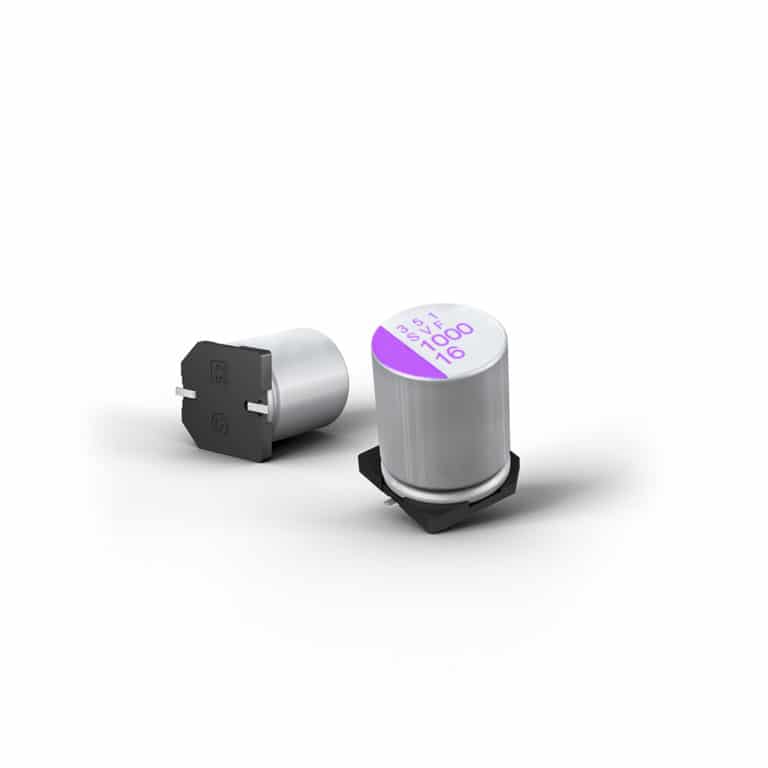- Joined
- Feb 23, 2016
- Messages
- 20,766
- Likes
- 37,625
My personal vampire draw inventory. So I guess I'm expending my mental budget so I guess it is excessive anyway.So after conversion to nat gas for electricity generation there's limited gains to be had for economy? We've economized economically and other areas are more low hanging fruit now.
Two cell phone chargers, 3 active speakers that go into standby mode after a few minutes, a computer that also has a standby mode, and a Marantz pre/pro. Other devices are on and off as needed.
Both cell phone chargers also have an overly bright LED whether in use or not. They also are places where if they weren't there I'd put a night light. So they are effectively night light/chargers. I don't know if there is any wasted juice in their case.
The Marantz pre/pro also is a night light, but I think it draws a few watts when an LED night light would be half or third watt.
I think the speakers draw .5 watts in standby.
My computer is a home server where they took a low powered laptop CPU, and built a motherboard and case for it. Draws a few watts in standby. I sometimes leave a laptop on which is a Plex server. So I might have 10 watts in vampire usage. Let us just say 15 watts. My home is pretty efficient and all electric. Based upon my monthly average electric bill the vampire power is right about 1% of my total usage.
The idea this is important is misplaced enthusiasm. Yes, check it when buying something new, otherwise not worth my time.



